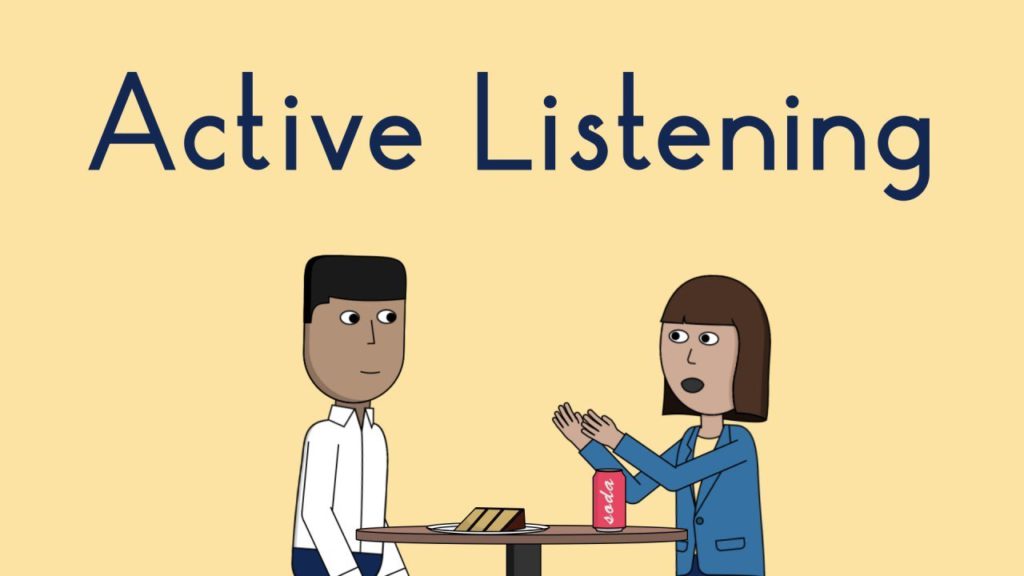

You’ll also find that during any pauses, the speaker may add additional highly important information. And not jumping in before giving thought to what you’ve heard helps prevent misunderstandings. Waiting to be sure they are finished shows that you’re focused on the speaker. You may also find that as the speaker continues and you actively listen, you achieve greater insight and ultimately provide better suggestions.

However, this can block further communication if the speaker has not finished because your interruption can be interpreted as a lack of interest in hearing more. It’s natural to jump in with solutions, especially as you’ve likely given thought to the conversation in advance. Pausing before you respond-wait time-serves several purposes. To reinforce trust and further communication, keep your notes open for the speaker to see. If you need to, write your questions and thoughts down, but explain before the conference that what you write is to help you remember things said and that you want to ask. If you can, try to remember your question. No interruptions: Even questions you feel are important may potentially interrupt the speaker’s flow as well as confidence. With reluctant speakers, you can use encouraging phrases like “I hear what you’re saying” or “Please continue.” Either remain neutral or provide encouraging nonverbal cues such as nodding affirmatively, smiling, or leaning toward the speaker. Consider how your own tone, posture, position, and expressions might be interpreted by the speaker. Before and while listening to the speaker, check your frame of reference to avoid letting your preconceptions or predictions about what will be said interfere with your fully attending to the speaker.įocus on the speaker: As the other person speaks, maintain eye contact but note nonverbal cues-the speaker’s facial expressions, vocal inflection, or posture. Suspend judgment: We can reduce misunderstandings and our tendency to jump to conclusions, often caused by our biases or expectations based on past experiences. It involves giving the speaker your undivided attention, withholding judgment, and being mindful of your facial expressions and body language because nonverbal communications to show your respect for the speaker. They also refrain from getting defensive.Īctive listening is a structured way of listening and responding such that the speaker knows you’re truly interested in their ideas, concerns, and opinions. Active listeners don’t jump ahead to think about solutions while the speaker is still speaking. By employing active listening skills in conferences with students or their parents, we promote mutual understanding and successful outcomes.Īctive listening encompasses being nonjudgmental, with an emphasis on listening and not immediately solving the issue or problem. They include being tuned in to the speaker’s nonverbal behavior and emotions, and the deeper meanings of what they say. Good communication skills go beyond speaking and listening. After that time, as I progressed as a teacher I learned more about the active listening skills I had hit upon on that day. That made a real difference, and the conference had a productive outcome. I did eventually realize the conference wasn’t going well and tried to reboot my focus by listening more, saying less, and paying more attention to their tones of voice, postures, and facial expressions. I was a distracted, unfocused listener as they voiced their concerns, jumping in before they could finish their questions and thinking ahead about what I’d say next.


Listening skills full#
I was prepared and full of suggestions-and my preparedness turned out to be a problem. Looming before me was a conference with parents who were concerned that their child was not being challenged enough in math.


 0 kommentar(er)
0 kommentar(er)
